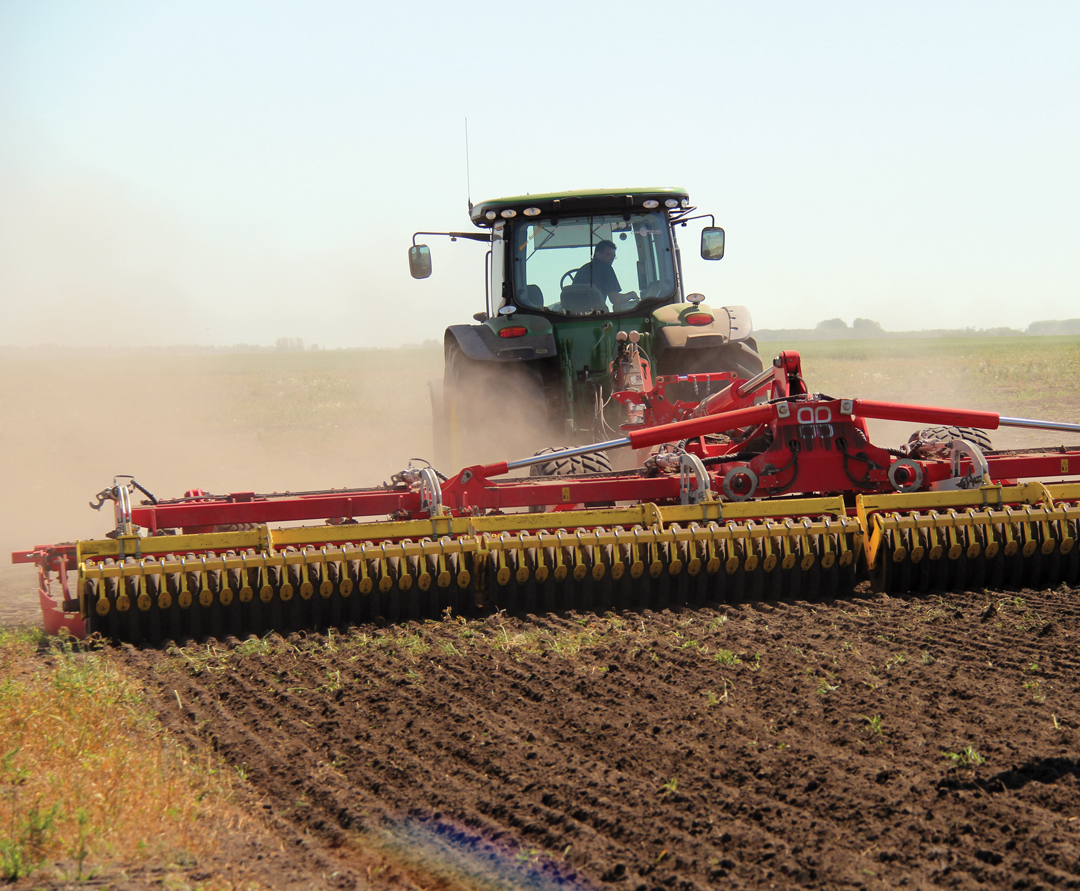HOW THE WEST WAS WON WITH WHEAT
CANADA TURNS 150 WITH PROSPERITY THANKS TO AGRICULTURE
BY TREVOR BACQUE
As our country celebrates its 150th birthday, there are many people, places and things that make us proud to be Canadian. In December 2016, Abacus Data, an Ottawa-based research group, compiled a list of 78 items that Canadians are proud of. The results included a wide variety of pride-inspiring Canadiana, but one important item on the list was No. 17: Canadian wheat. That’s right—the humble cereal grain that is synonymous with the Prairies scored higher than Queen Elizabeth II, Sidney Crosby, Justin Bieber, Drake, Alberta Beef, Lululemon, the Roots brand and Air Canada. So, how is it that wheat has wiggled its way into our collective hearts? To answer that question, you must go back a quarter-millennium.
During the voyages to Canada beginning in the 17th century, led by the likes of John Cabot, Jacques Cartier and Samuel de Champlain, one of the items that kept making its way across the Atlantic Ocean was wheat. Wheat was first planted on Canadian soil around 1605 in Nova Scotia, near Annapolis Royal near the Bay of Fundy. Within 15 years, wheat was being produced near Quebec City. By the 1640s, the settled portions of Canada were regularly producing wheat, and 1654 marked the first export of Canadian wheat. But while there had been many attempts to grow wheat on the Prairies by the middle of the 18th century, there wouldn’t be a viable crop until 1815—grown by Scotsman Thomas Douglas, the Earl of Selkirk, and his company in Manitoba after two successive crop failures.
By the time of Confederation in 1867, Canada’s population was around 3.4 million. The West, however, was a still a mysterious and rugged expanse, largely untouched and a point of intrigue for Prime Minister John A. Macdonald as he began his quest to build a nation. In order to have a functioning colony in the West, Macdonald knew that coast-to-coast transportation and new settlements were the answer. Promotion of Canada as a granary of the world ensued, and Canada was marketed to European would-be settlers with the promise of free land and a shot at a self-made life. It worked. Beginning in the 19th century, Europeans journeyed across the Atlantic Ocean, then travelled thousands of kilometres across the country just for the chance to break acre after acre of wild Prairie. As sod houses were erected across the West, crops were planted and new cultures formed. Macdonald’s vision was unfolding as he planned—the great westward expansion and Canada’s growth as a nation had begun.
Pre-Confederation farmers had a relatively scarce supply of seed varieties for the primary crops of barley, oats, peas and wheat. The varieties they did have access to were fairly forgettable and often had issues since they were not well adapted to Canada’s hardy northern climate. However, in 1842, one man singlehandedly kick-started Canada’s agriculture industry and set us on the path to becoming an agricultural powerhouse.






Comments